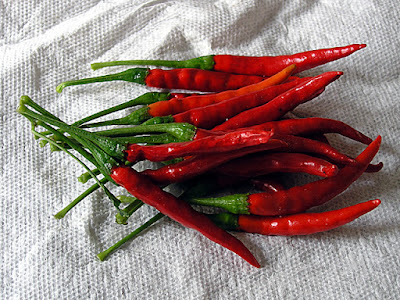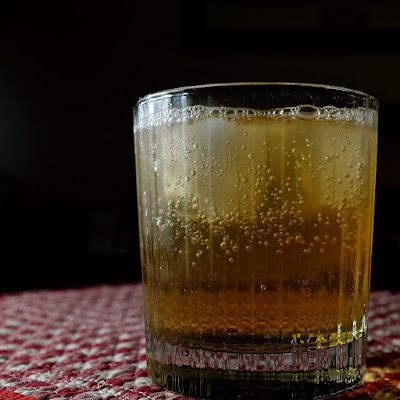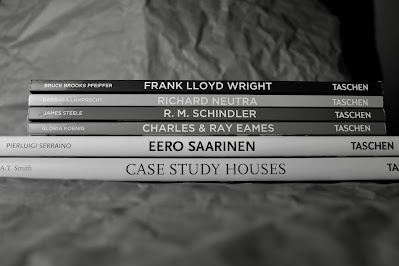A French Kitchen Garden
 |
| Radish: photo by Cliff Hutson |
The French kitchen garden or potager, has mixed vegetables, fruits, flowers, and herbs dates back to medieval times. It is, at heart, basically an ornamental vegetable garden that is productive yet ornamental. Often flowers (edible and non-edible) and herbs are planted with the vegetables to enhance the beauty. The goal is to make the function of providing food aesthetically pleasing.
Plant What You'll Eat
A potager should be designed to bring beauty into the utilitarian food garden, so start by planting what you like to eat and cook.
These are some of the plants that we have used over the years:
Radishes
 |
| Garden Fresh: photo by Cliff Hutson |
Radishes come in numerous varieties, varying in size, flavor, and color. They can be eaten fresh, roasted, sautéd, or
pickled.
Basil
 |
| Basil: photo by Cliff Hutson |
Basil is a fragrant herb that tastes great in many dishes—especially homemade
pesto.
Chile de Arbol Peppers
 |
| Chile de Arbol Peppers: photo by Cliff Hutson |
Chile de Árbol means "tree chili" in Spanish, a name which refers to the woody stem of the pepper. They are small and thin Mexican peppers, growing to 2-3 inches long and less than a ½ inch wide. When they mature to a bright, vibrant red, they are ready to be
used.
Chives
 |
| Chives in Flower: photo by Cliff Hutson |
A perennial plant that is a small relative of the onion. The leaves and flowers are both
edible.
Eggplant
 |
Eggplant Basket: photo by Cliff Hutson
|
An annual vegetable, few vegetable plants are handsomer than eggplant. My favorite way to consume the fruit is
Eggplant Parmesan.
Parsley
 |
| Bolted Parsley: photo by Cliff Hutson |
Parsley is a popular herb often used in American, European, and Middle Eastern cooking. Not really all that attractive when it flowers, the leaves of many varieties can be quite ornamental as well as tasty.
Use them to elevate the flavor of dishes like soups, salads, and fish recipes.
Squash
 |
| Summer Squash: photo by Cliff Hutson |
This edible annual comes in two forms: Summer squash which is picked and cooked in an immature stage such as scalloped white squash, yellow crookneck, and zucchini. And, winter squash which have hard rinds. We prefer the
former.
Tomatoes
 |
Tomatoes: photo by Cliff Hutson
|
The tomato is a gift to Europe from the "New World" as a part of the
Columbian Exchange . (The Eastern Hemisphere got tomatoes, chili peppers, cacao, peanuts, and corn. The people living in the Americas got smallpox, measles, typhus, and cholera. But, that is another post.)
It is difficult for some of us to think of life without tomatoes. They may be the most widely grown garden plants edible or otherwise. As my Aunt Dagmar was won't to say, "There are only two things that money can't buy. One is true love. The other is homegrown tomatoes."
 |
Tomato Flower: photo by Cliff Hutson
|

















